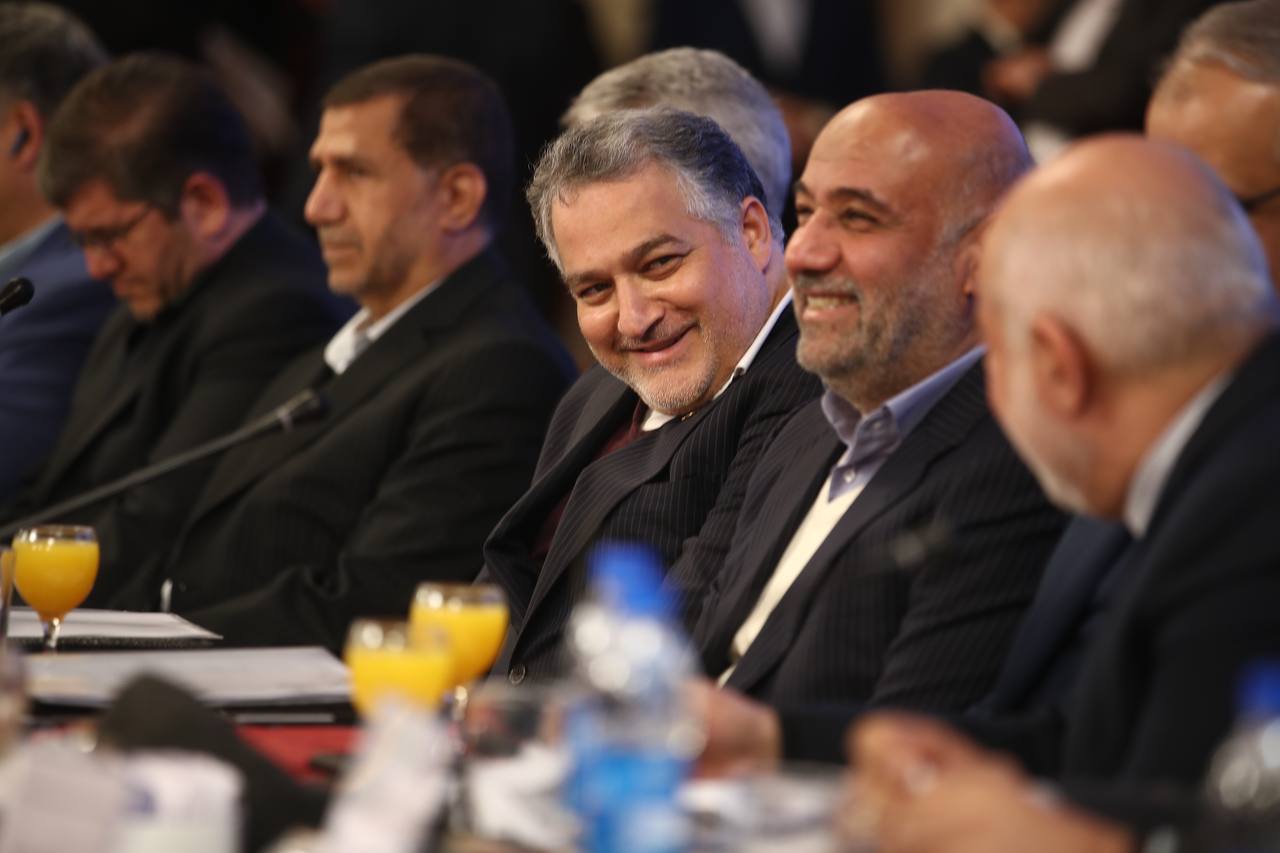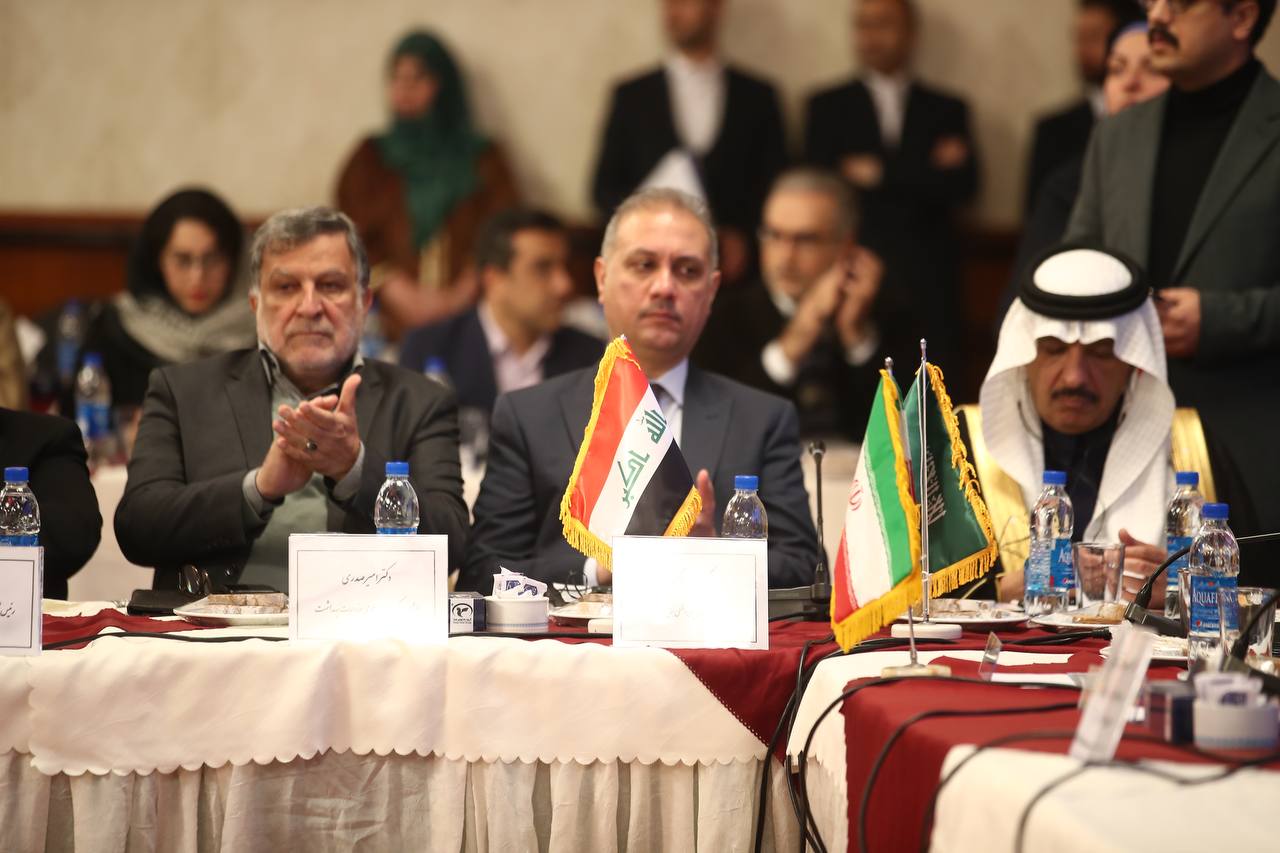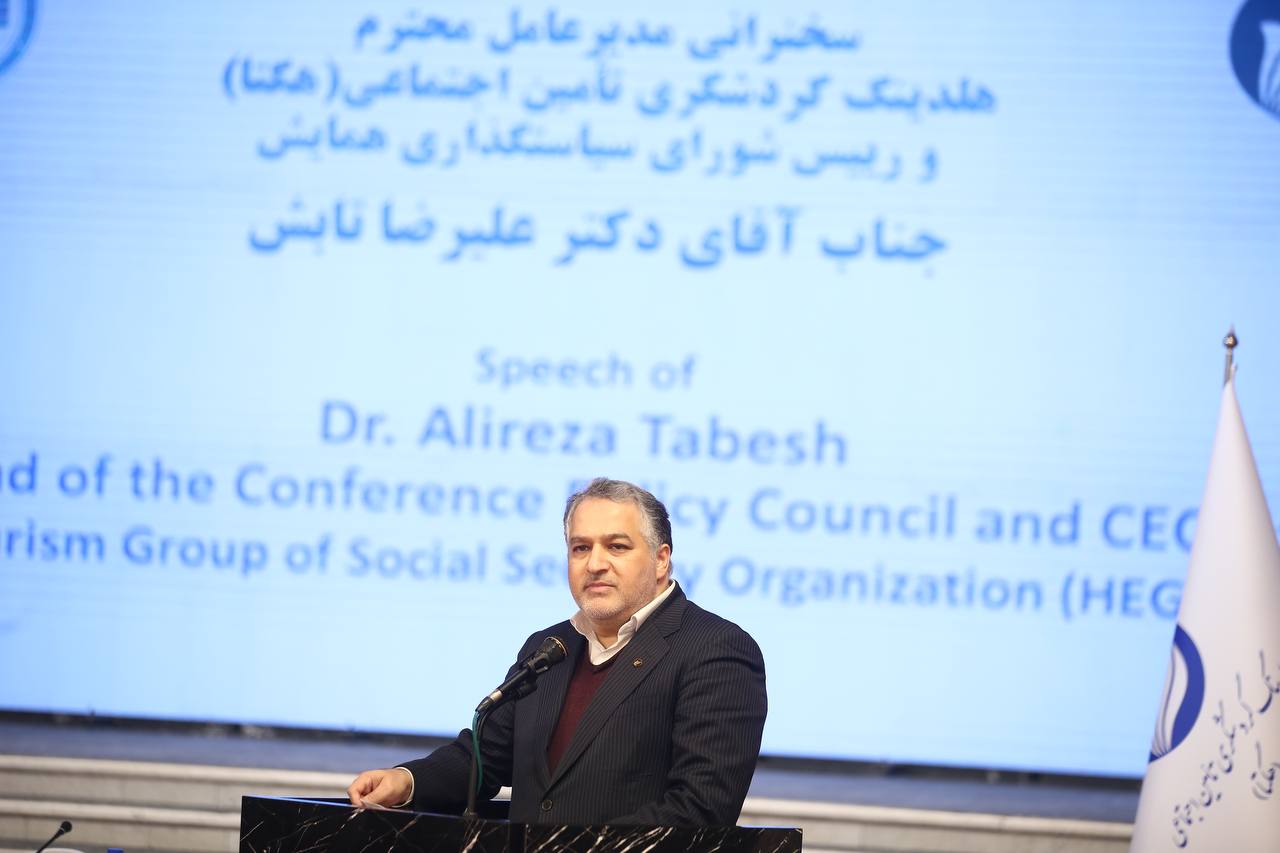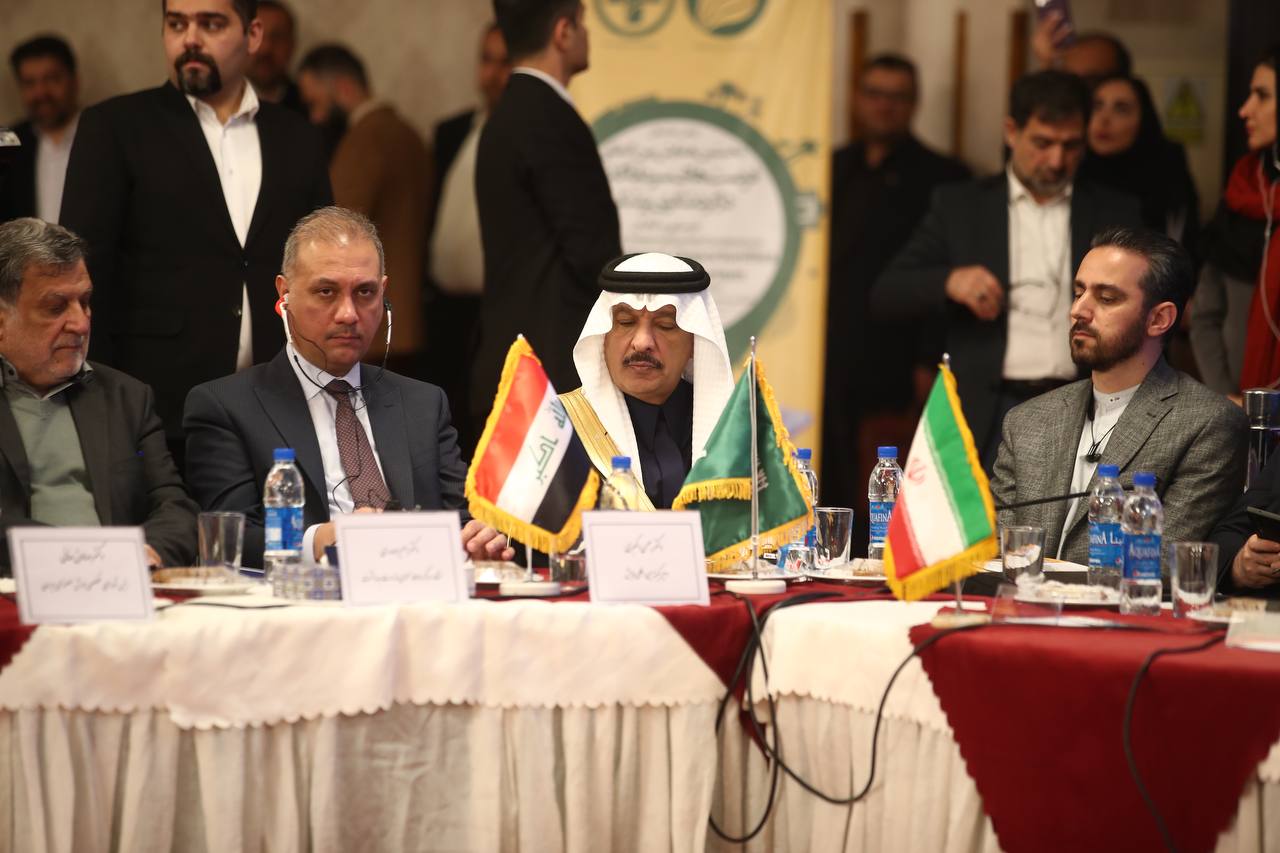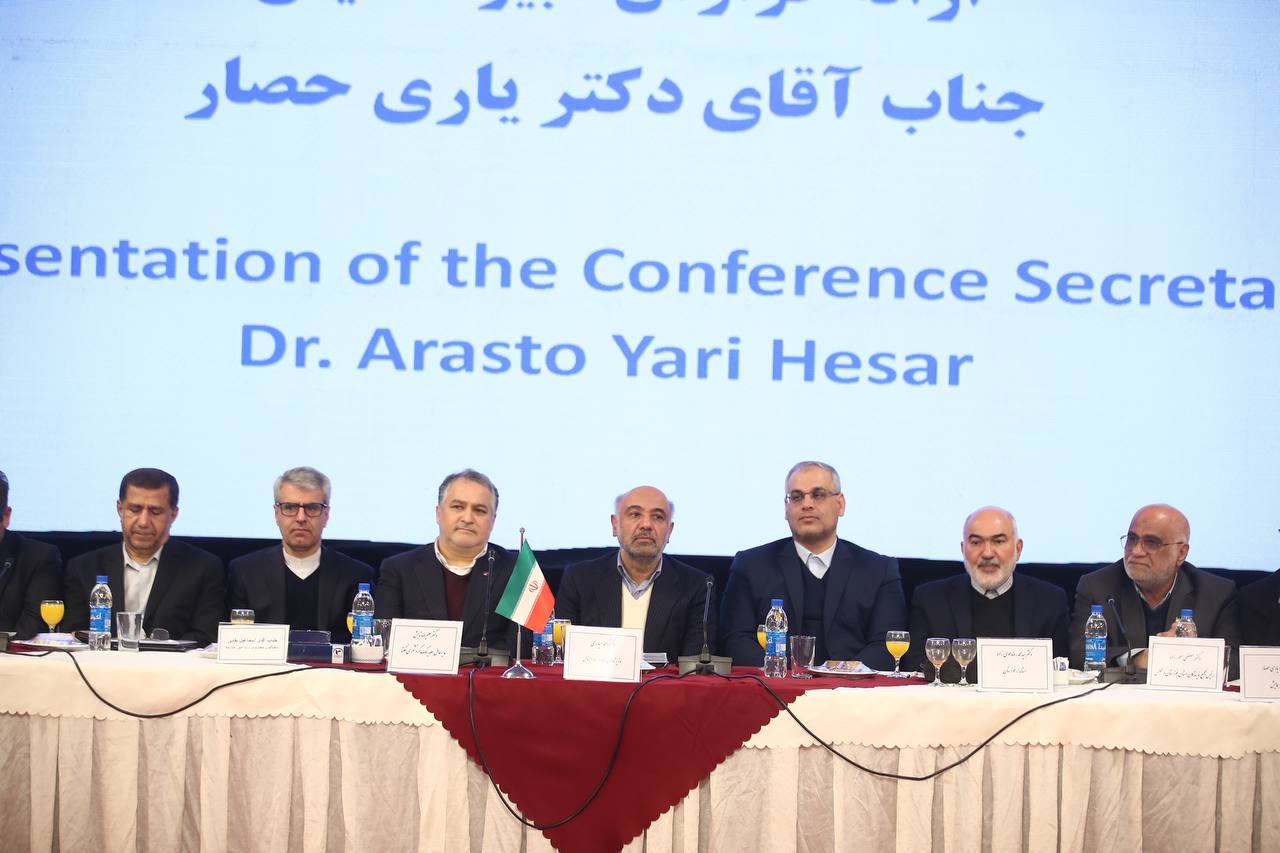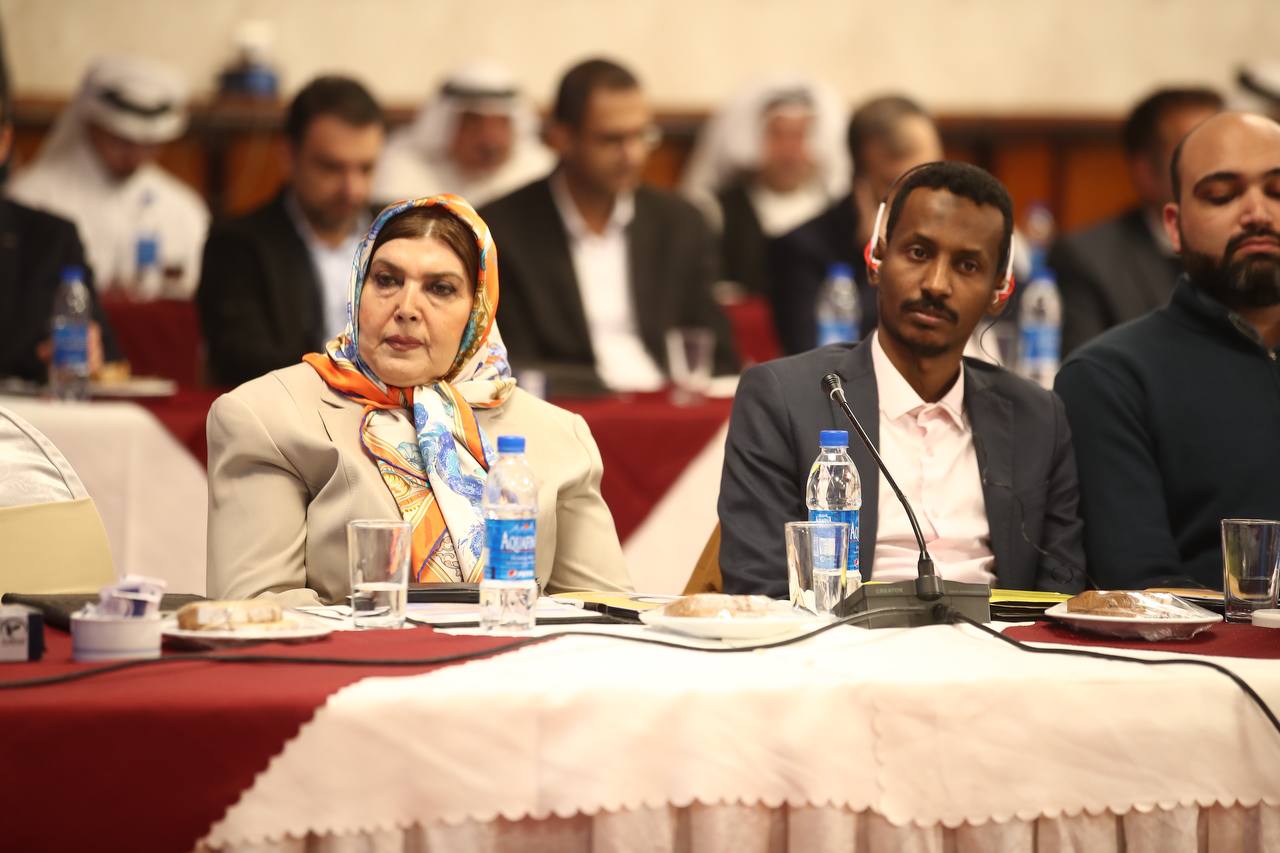Iran Hosts Pre-Conference on Investment Opportunities in Medical Tourism with the Presence of the Minister of Labor and Social Welfare
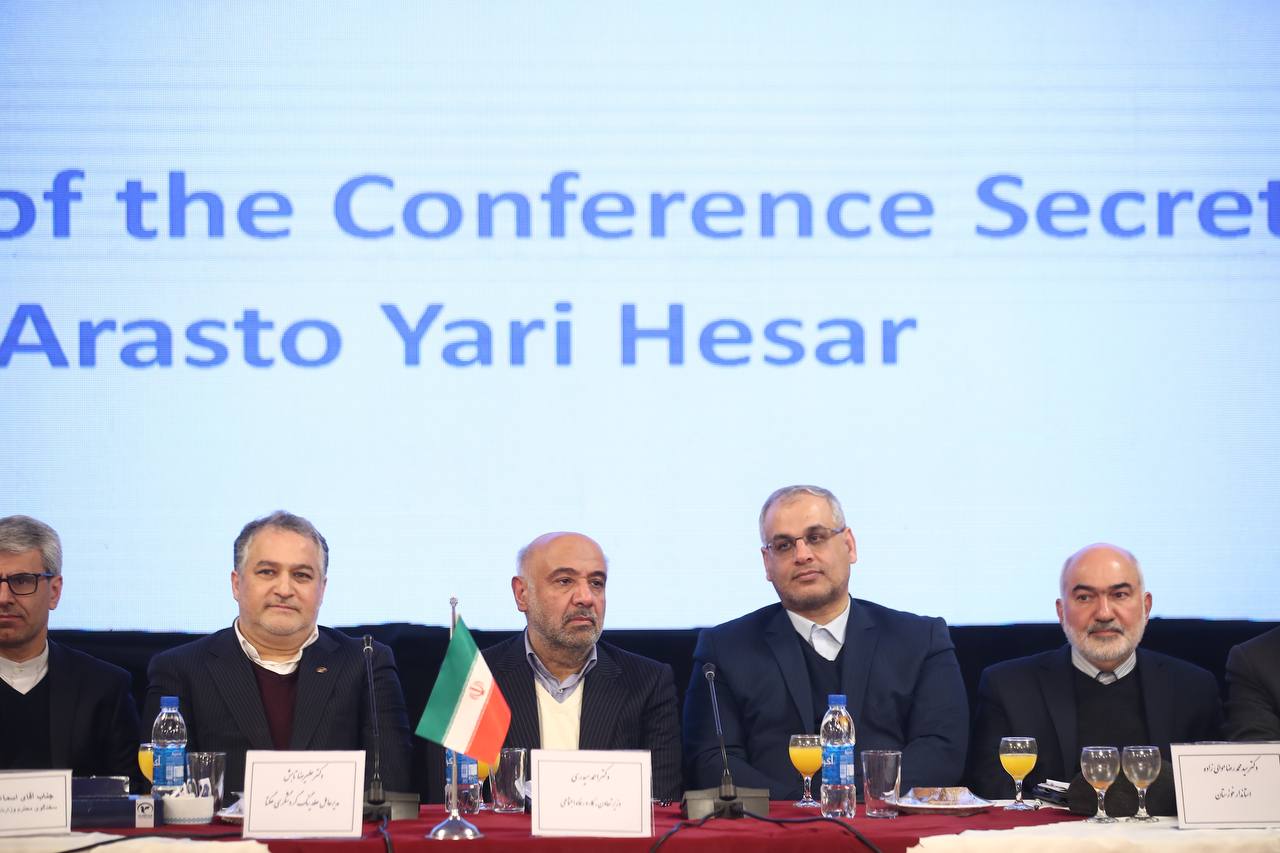
Government to Reduce Trade,
Administrative, and Visa Barriers for Foreign Patients
According to Hegta Public
Relations, Ahmad Meydari, Minister of Cooperatives, Labor, and Social Welfare,
emphasized during the event that the government’s plan to develop medical
tourism and utilize Iran’s medical capacities is a key step toward strengthening
the economy, enhancing international interactions, and improving the country's
healthcare and tourism infrastructure.
He stated that with appropriate
investments, reduced trade and administrative barriers, and active private
sector participation, the medical tourism industry could become one of the main
pillars of Iran’s economy.
Meydari further noted that holding the International Conference on Investment Opportunities in Iran’s Medical Tourism (Khorramshahr and Abadan) reflects the Thirteenth Government’s policy of boosting international interactions, expanding ties with neighboring countries, and leveraging Iran’s medical expertise to develop medical tourism.
Government to Reduce Trade,
Administrative, and Visa Barriers for Foreign Patients
According to Hegta Public
Relations, Ahmad Meydari, Minister of Cooperatives, Labor, and Social Welfare,
emphasized during the event that the government’s plan to develop medical
tourism and utilize Iran’s medical capacities is a key step toward strengthening
the economy, enhancing international interactions, and improving the country's
healthcare and tourism infrastructure.
He stated that with appropriate
investments, reduced trade and administrative barriers, and active private
sector participation, the medical tourism industry could become one of the main
pillars of Iran’s economy.
Meydari further noted that holding
the International Conference on Investment Opportunities in Iran’s Medical
Tourism (Khorramshahr and Abadan) reflects the Thirteenth Government’s policy
of boosting international interactions, expanding ties with neighboring
countries, and leveraging Iran’s medical expertise to develop medical tourism.
Iran's Global Position in Medical
Services and Its Economic Potential
Highlighting Iran's globally
recognized medical capabilities, particularly in organ transplants and advanced
surgeries, Meydari stated that this policy could open new doors for foreign
exchange revenues, job creation, and the expansion of healthcare and tourism
infrastructure.
Referring to the government’s
strategy to strengthen international relations and develop medical tourism, he
noted that the Thirteenth Government, under the directives of the President,
has formulated a comprehensive plan to expand regional cooperation. One of the
key instruments of this policy is the enhancement of medical tourism, which not
only generates economic benefits but also promotes public and cultural
diplomacy.
Meydari pointed out Iran’s leading
position in medical fields, including organ transplants, infertility
treatments, cardiac surgeries, cosmetic procedures, and orthopedics, stating
that numerous patients from neighboring and even distant countries seek medical
services in Iran.
Khorramshahr and Abadan as
Emerging Hubs for Medical Tourism
Emphasizing the role of border
regions in developing medical tourism, Meydari announced that Abadan and
Khorramshahr have been introduced as new medical tourism hubs. Given their
geographical proximity to the Persian Gulf Arab states and Iraq, these regions
can be strategically utilized. The government also aims to develop medical
tourism infrastructure in other border areas.
The Minister of Social Welfare
highlighted the significant role of the private sector in this sector, stating
that representatives from Parliament, the Governor of Khuzestan, and private
sector economic players attended the event, reflecting a strong synergy between
the government and private sector in advancing medical tourism. In this regard,
the Social Security Pension Fund, as a key entity, has adopted investment
policies in the medical tourism sector.
Meydari added that the
participation of Iran’s robust private sector in tourism could drive rapid
transformation and expansion in this industry.
Government’s Strategy to Ease
Entry for Medical Tourists
Addressing the removal of trade
barriers and facilitation of medical tourism, the Minister emphasized that the
government plans to reduce trade, administrative, and visa obstacles to ensure
a smoother and faster entry for foreign patients. Moreover, a strong emphasis
on human rights and access to healthcare services could help mitigate some
international sanctions in this field.
Meydari also stressed the
importance of enhanced air and land connectivity with neighboring countries and
highlighted the cultural and civilizational dimensions of medical tourism. Iran
and its neighboring countries share a common historical heritage, which can
effectively strengthen medical and tourism relations.
Challenges and Global Competition
in Medical Tourism
Despite political and economic
obstacles imposed by competitors and adversaries, Iran continues to leverage
its medical and cultural strengths to enhance international cooperation.
Meydari identified several key
opportunities in this sector, including:
- Increased foreign exchange earnings
through foreign patient admissions and healthcare services.
- Job creation in the medical, tourism,
and transportation sectors.
- Strengthening Iran’s international
medical brand.
- Enhancing cultural exchanges and public
diplomacy through medical tourism.
- Developing healthcare and tourism
infrastructure in border regions, contributing to local economic growth.
However, he also acknowledged the
challenges facing the sector, including:
- Financial and banking sanctions, which
hinder international financial transactions.
- Visa restrictions and administrative
barriers delaying swift entry for foreign patients.
- Lack of accommodation and transportation
infrastructure in some border regions.
- Intense competition from countries such
as Turkey, India, and the UAE, which have made significant investments in
this sector.
A Vision for the Future of Medical
Tourism in Iran
Meydari reaffirmed that the
government’s strategy to develop medical tourism and utilize Iran’s advanced
medical capabilities represents a major step toward economic growth, increased
international engagement, and improved healthcare and tourism infrastructure.
With proper investment, reduction
of trade and administrative barriers, and strong private sector participation,
medical tourism could become a cornerstone of Iran’s economy.
A New Path for Health Tourism in
Iran’s Border Provinces Begins
During the event, Alireza Tabesh,
CEO of Hegta Holding, expressed his honor in being among esteemed experts,
scholars, and professionals in the fields of tourism, health, and medical
services. He emphasized that the presence of such distinguished attendees
highlights the significance of medical tourism and the necessity of both
domestic and international collaborations in this sector.
Tabesh stated: "As we
celebrate the 46th anniversary of the glorious victory of the Islamic
Revolution and embark on a new era of management at Hegta, one of our key
priorities is a strong focus on health tourism. This priority aligns with the
objectives set in the Seventh Development Plan, reflecting the strategic
importance of this field, accompanied by precise forecasts and planning
efforts."
He further stressed that Hegta, as
a key player in the country’s tourism value chain, will enhance its role in
facilitating investment in this critical industry.
The CEO of Hegta Holding
highlighted Iran’s remarkable advancements in science and technology,
attributing them to the establishment of religious democracy across the nation.
He noted that Iran, once reliant on imported medical and paramedical services before
the revolution, has now, thanks to its brilliant youth and distinguished
experts, become a regional and global hub for advanced medical services.
Iran: A Leader in Advanced Medical
Services
Tabesh underscored Iran’s
leadership in infertility treatment and organ transplants, positioning it among
the global frontrunners in these fields. Additionally, he pointed out that Iran
is recognized as a pioneer in treating complex and life-threatening diseases in
the West Asia region. With over 50 comprehensive medical universities and a
robust network of specialized and sub-specialized medical professionals, Iran
offers significant opportunities in this domain.
He shared an insight from his
earlier discussion with the Ambassador of Saudi Arabia during a visit to the
International Tourism Exhibition: "In today’s world, particularly in West
Asia, various coalitions are forming to promote stability and sustainable
development. These range from security-driven alliances focused on military and
geopolitical concerns to welfare-oriented coalitions aimed at improving quality
of life."
Establishing a Health-Oriented
Coalition
Tabesh introduced a new stage of
regional cooperation, which he termed a "Health-Oriented Coalition",
dedicated to enhancing public health, developing healthcare infrastructure, and
improving accessibility to medical services across the region.
He emphasized that this
collaboration would encompass knowledge and technology exchange, investment in
healthcare projects, and the establishment of modern medical facilities. One of
its most significant benefits would be increasing regional resilience against
health crises and pandemics.
"Such cooperation can also
foster sustainable development and improve the quality of life for citizens
across the region. Public health is one of the fundamental pillars of
sustainable development, and this coalition can play a crucial role in achieving
that goal," Tabesh remarked.
Furthermore, he highlighted that
the Health-Oriented Coalition is not merely a response to healthcare challenges
but also aligns with the broader developmental agendas of regional countries.
Key initiatives include attracting both domestic and foreign investments to
develop medical infrastructure, establishing educational programs to train
healthcare professionals, and improving healthcare service standards across the
region.
Overcoming Challenges and
Strengthening Iran’s Position
The CEO acknowledged potential
challenges, including political tensions among regional nations, financial
constraints, and inadequate planning. However, he expressed confidence that
synergy and positive engagement—as witnessed in other areas of regional cooperation—can
help overcome these obstacles.
Tabesh reaffirmed Iran’s
competitive edge in the medical tourism sector due to its state-of-the-art
medical facilities, highly skilled healthcare professionals, and cost-effective
treatments. Cities such as Tehran, Mashhad, Shiraz, Tabriz, and Isfahan have
long been premier destinations for international patients, thanks to their
well-equipped hospitals and high service standards.
In recent years, Khuzestan
Province has emerged as a key destination for Iraqi medical tourists, seeking
specialized treatments in Iran. Tabesh emphasized the importance of
capitalizing on this opportunity by expanding infrastructure and enhancing
service capabilities. This, in turn, would not only create employment
opportunities for local communities but also foster deeper diplomatic and
cultural ties between Iran and Iraq.
A New Beginning in Khorramshahr
and Abadan
Tabesh announced that the first
International Conference on Investment Opportunities in Iran’s Medical Tourism
will be held in Khorramshahr and Abadan in May, marking the start of a new
journey.
"We will begin this
initiative in Khuzestan, particularly in Khorramshahr and Abadan, and extend it
to Iran’s free trade zones and border provinces—especially those with high
potential for health tourism," he stated.
Investment opportunities in this
sector include:
Establishing well-equipped
hospitals
Expanding rehabilitation centers
Launching specialized medical clinics
Developing accommodation facilities for international patients
Creating health villages and eco-lodges
Building tourism and recreation centers linked to healthcare services
By leveraging public-private
partnerships and targeted investments, Khorramshahr and Abadan can become major
hubs for medical tourism in the region.
Paving the Way for Regional
Healthcare Transformation
Tabesh concluded: "Today, we
stand at the threshold of a major transformation in regional healthcare. The
Health-Oriented Coalition offers an effective strategy to enhance healthcare
systems, attract large-scale investments, and establish a sustainable
development framework. Iran, as a leading medical tourism hub, is fully
prepared to spearhead this initiative and maximize its potential through
regional and international partnerships."
He expressed hope that this
gathering would serve as a platform for dialogue, idea exchange, and
collaboration, ensuring optimal preparation for the upcoming conference and
facilitating progress toward shared objectives.
Medical Tourism in Border Regions:
A Key Driver of Iran’s Economic Development and Public Diplomacy
Arastoo Yari Hisar, Secretary of
the First International Conference on Investment Opportunities in Medical
Tourism, highlighted the significance of medical tourism as one of the most
dynamic and profitable industries worldwide.
He stated, “This industry not only
contributes to improving human health but also plays a crucial role in economic
growth and enhancing international relations. With experienced physicians,
leading medical universities, advanced healthcare infrastructure, and
affordable medical costs, Iran has immense potential in this sector.”
Yari further emphasized that in
recent years, Khuzestan Province, particularly the cities of Khorramshahr and
Abadan, has emerged as a primary destination for medical tourists from Iraq and
the Persian Gulf countries. Statistics indicate that, on average, 50,000
foreign patients travel to this province annually for medical services.
Four Key Objectives of the
Conference
The secretary of the conference
outlined four main goals:
1.
Strengthening
collaboration between the public and private sectors in medical tourism.
2.
Developing
medical tourism infrastructure in Khuzestan, particularly in Khorramshahr and
Abadan.
3.
Establishing
networks between Iran and neighboring countries to attract medical tourists.
4.
Identifying
investment opportunities and challenges while drafting infrastructure and
technical projects in the field of health tourism.
Progress Made So Far
He elaborated on the actions taken
over the past two months to advance these objectives, including:
- Establishing a policy-making council
with representatives from government bodies, private sector investors, and
international associations.
- Launching the conference secretariat and
holding multiple meetings with local officials in Khuzestan.
- Assessing the province’s potential and
the Arvand Free Zone as a hub for medical tourism.
- Inviting high-ranking officials and
domestic and international investors to explore existing opportunities.
Expected Outcomes of the
Conference
Referring to the anticipated
results of the main conference in May 2025, Yari highlighted that one of the
most critical goals is to draft a Medical Tourism Vision Document for Iran
until 2035.
He added, “This vision will
include strategic and operational plans for developing medical tourism,
defining frameworks for cooperation between public and private entities, and
creating investment packages for healthcare and medical tourism sectors.”
Additionally, the conference aims
to attract domestic and foreign investors to strengthen Iran’s healthcare and
tourism infrastructure.
The Future Outlook
The secretary of the conference
underscored that medical tourism in Iran—especially in border regions like
Khuzestan, Khorramshahr, and Abadan—can become a fundamental pillar of the
country’s economic development and public diplomacy.
He noted, “This industry can
significantly contribute to foreign exchange earnings, job creation, and
strengthening international relations by reducing trade barriers, improving
medical and hospitality infrastructure, and facilitating the entry of foreign
patients.”
Acknowledgment of Key Contributors
Yari concluded by expressing
gratitude to the institutions and organizations involved in organizing the
conference, including:
- Ministry of Welfare and Social Security
- Ministry of Foreign Affairs
- Ministry of Health
- Ministry of Cultural Heritage and
Tourism
- Khuzestan Provincial Government
- Khorramshahr Governorate
- Arvand Free Zone
- Homa Hotel Group
- International Supply Agency
- Health Tourism Associations
- Private sector investors and media
professionals
Unveiling of the Conference Poster
and Website
During the event, the official
poster and website of the conference were unveiled.
Furthermore, four specialized
panels were held as part of the pre-conference discussions, covering topics
such as:
1.
Provincial
discussions on opportunities and potential in Khuzestan.
2.
Medical
tourism and private sector investment.
3.
Iran’s
interactions with target countries in medical tourism.
4.
The
role of government institutions in medical tourism.
It is worth noting that the First
International Conference on Investment Opportunities in Medical Tourism will be
held in May 2025 in Khorramshahr and Abadan, Khuzestan Province, Iran.

